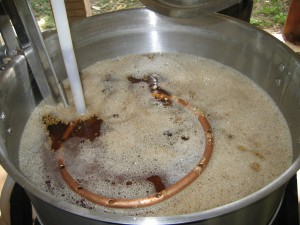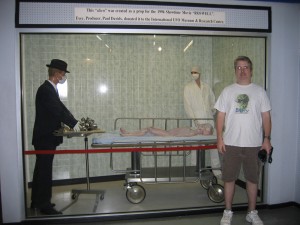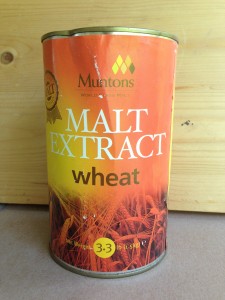Yesterday, James posted an article about a speedy, small-batch brewday. In the next two days, I want to give a few tips on speeding up your all-grain brewday. Today, I’ll focus on mashing, and tomorrow I’ll discuss lautering.
Mash Times
Many all-grain homebrew recipes specify a 60-minute single infusion mash. However, depending on the beer you are making and the malts you are using, you may not need to mash that long. In a single infusion mash, your goal is dissolve the starch granules from the malted barley, and allow the amylase enzymes to degrade the starch into simple sugars. The amount of time this takes depends on your mash temperature and the diastatic power of your malt.




Recent Comments